Please forgive me if I do not explain my question clearly in title. Here may I show you two pictures as my example:
my question is described as follows: I have 2 or more different objects(In the pictures, two objects: circle and cross), each one is placed repeatedly with a fixed row/column distance (In the pictures, the circle has a distance of 4 and cross has a distance of 2) into a grid.
In the first picture, each of the two objects are repeated correctly without any interruptions(here interruption means one object may occupy another one's position), but the arrangement in the first picture is ununiform distributed; on the contrary, in the second picture, the two objects may have interruptions (the circle object occupies cross objects' position) but the picture is uniformly distributed.
My target is to get the placement as uniform as possible (the objects are still placed with fixed distances but may allow some occupations). Is there a potential algorithm for this question? Or are there any similar questions?
I have some immature thinkings on this problem that: 1. occupation may relate to least common multiple; 2. how to define "uniformly distributed" mathematically? Maybe there's no genetic solution but is there a solution for some special cases? (for example, 3 objects with distance of multiple of 2, or multiple of 3?)


